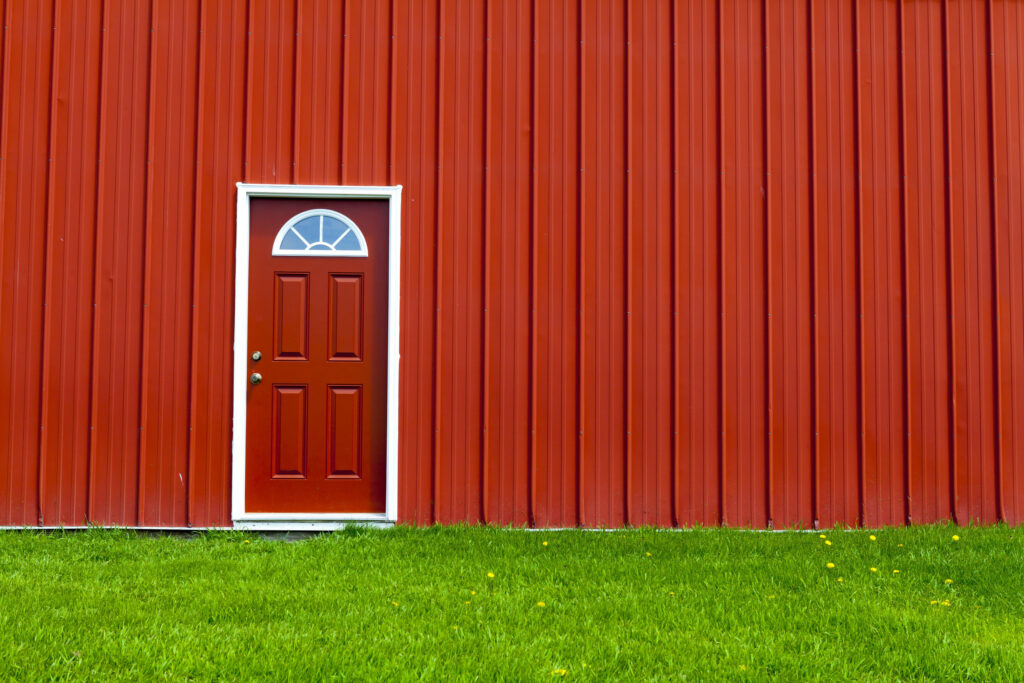Adding a metal building to your property is a smart investment — whether you’re setting up a workshop, garage, or storage shed. Metal buildings are durable, low-maintenance, and cost-effective. But if you’re not careful during installation, your beautiful lawn can suffer serious damage.
In this guide, we’ll walk you through practical ways to protect your lawn before, during, and after the installation of a metal building — ensuring your property remains functional and visually appealing.
Why Lawn Protection Matters
Lawn damage during construction is common. Heavy equipment, foot traffic, and poor planning can leave behind dead patches, soil compaction, and drainage issues. Repairing these problems later can be time-consuming and costly.
By planning ahead, you can avoid:
- Soil erosion
- Grass damage or death
- Uneven lawn levels
- Long-term drainage problems
- Unintended landscaping costs
Step-by-Step: How to Protect Your Lawn During Metal Building Installation
1. Choose the Right Location
Before breaking ground, assess your property:
- Pick a flat or gently sloped area.
- Avoid low-lying spots that retain water — they can damage both your lawn and the structure over time.
- Ensure the site has proper drainage to prevent water from pooling around the building.
If your lawn is well-maintained, consider placing the building on an already bare area or near the edge to minimize grass loss.
2. Mark and Protect the Work Area
Use markers, flags, or temporary fencing to define the construction zone. Then, cover the grass surrounding the build site with:
- Plywood sheets – Helps distribute the weight of machinery and foot traffic.
- Turf protection mats – Designed specifically to shield grass during heavy-duty use.
These barriers prevent soil compaction, which is a common reason grass dies after construction.
3. Use Lawn-Friendly Equipment
When hiring contractors, ask them to:
- Use rubber-tracked machinery that’s gentler on turf.
- Avoid driving over unnecessary areas.
- Follow a pre-defined access path to avoid random tire marks and ruts.
This simple request can preserve large areas of your lawn during installation.
4. Install a Proper Foundation
Whether you opt for a concrete slab, gravel base, or piers, make sure the foundation:
- Is well-drained
- Sits level with the surrounding yard
- Doesn’t create runoff that erodes nearby grass
A poorly designed foundation can lead to water runoff that floods or drowns your lawn, especially during heavy rains.
5. Plan Your Landscaping Around the Building
After your metal building is installed, you can design landscaping that blends functionality with aesthetics:
- Add grass-friendly edging around the perimeter
- Install gutters and downspouts to direct water away from lawn areas
- Use gravel or mulch beds to prevent splashback and lawn erosion
This is also a good time to aerate and reseed any damaged areas.
Pro Tip: Use Metal Buildings as Lawn Tool Storage
A huge bonus of installing custom metal buildings is the ability to store all your lawn maintenance tools — mowers, trimmers, leaf blowers, and more — in one secure place. This not only extends the life of your equipment but also keeps your yard tidy and accessible.
Final Thoughts
Your lawn doesn’t have to suffer just because you’re upgrading your property with a new structure. By taking the time to protect your grass before and during the installation of your metal building, you can enjoy both a functional space and a green, healthy lawn.
Looking to install a metal building without compromising your landscaping? Choose a provider that understands both construction and property care. Book a free consultation to see how we can help!


One Response
Great tips! Protecting your lawn during construction is often overlooked—this guide keeps it practical and eco-friendly.